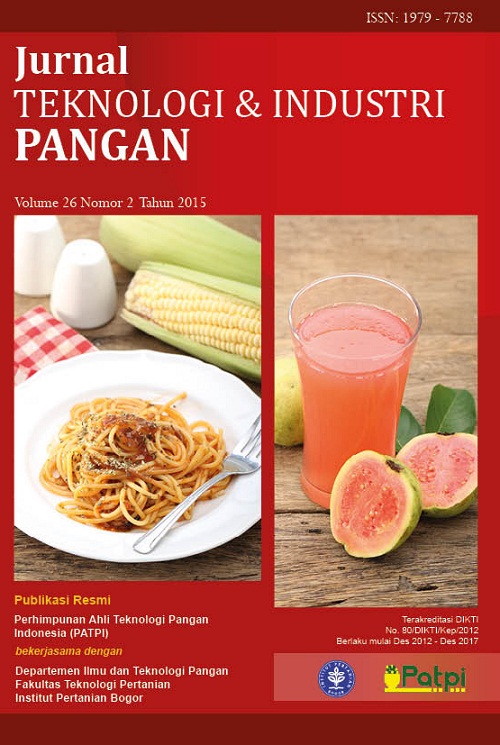PENGARUH KONSUMSI TEMPE KEDELAI GROBOGAN TERHADAP PROFIL SERUM, HEMATOLOGI DAN ANTIOKSIDAN TIKUS
Abstract
Tempe is a potential source of protein for 250 million people in Indonesia. Indonesian soybean demand reached 2.2 million tons per year, and 1.3 million tons of which are used for tempe production. Approximately 70% of the soybeans are imported from different countries. To improve national food security, it is important to use local soybean as a raw material. Therefore, this study used Grobogan local soybean as raw material. The purpose of this study was to evaluate the impact of the consumption of tempe (from local soybean Grobogan) in the long term, ie over a 90-day subchronic test using rats as a model. Parameters measured were serum biochemical profile, hematology, malonaldehyde (MDA), and superoxide dismutase (SOD) in liver and kidney organs of rats. This research was conducted using three groups of rats were fed tempe, boiled soybean, and casein as a source of protein in the ration. Data feed convertion efficiency showed tempe of Grobogan soybean had a better quality protein than that of boiled soybean and casein. As compared to the groups of rats fed boiled soybean and casein, the tempe group had higher HDL cholesterol, but not significantly different in hematological parameters, MDA and SOD in liver and kidney organs. This suggests consumption of tempe made from Grobogan soybean in the long term does not have a negative impact on health.
Authors

This work is licensed under a Creative Commons Attribution-NonCommercial 4.0 International License.

